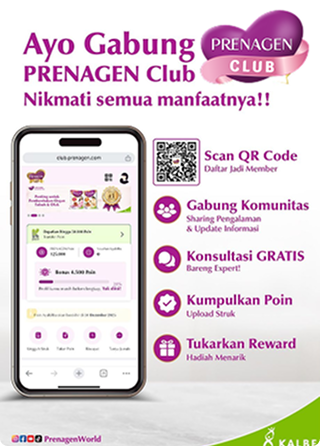What Happens at 36 Weeks of Pregnancy and How to Prepare

At 36 weeks pregnant, your body is making the final preparations for labor. Your baby is almost fully developed, and your healthcare provider will be monitoring your progress closely. Many women experience physical discomforts as their baby grows and moves into position for birth. Understanding what to expect can help you navigate these final weeks with confidence.
What’s Happening in 36 Weeks Gestation?
At this stage, the baby is nearly fully developed and continues to gain weight. The lungs are maturing, preparing for the baby’s first breath after birth. The baby may also start moving into the head-down position in preparation for delivery. If the baby is still breech, your doctor may discuss an external cephalic version, a procedure to turn the baby manually.
Another significant change at 36 weeks is the development of the baby’s nervous system and digestive system, both of which continue to refine their functions. Some babies may already have noticeable hair and fingernails that reach the tips of their fingers.
Third Trimester Pregnancy Symptoms at 36 Weeks
Many women experience intense pregnancy symptoms during the 36th week as the baby takes up more space in the womb. One common symptom is Braxton Hicks contractions, which feel like tightening or mild cramping in the abdomen. These are often mistaken for real labor contractions, but they do not progress or intensify.
Another common symptom is increased pelvic pressure as the baby moves lower into the birth canal. This can cause discomfort and a frequent need to urinate. Some women may also notice an increase in vaginal discharge, including the mucus plug, which could indicate labor is near.
Swelling in the hands, feet, and legs is also common due to fluid retention and changes in circulation. To reduce discomfort, it’s important to rest, elevate your feet, and stay hydrated.
Preparing for Labor and Delivery
With only a few weeks left, it’s essential to prepare for labor and delivery. Make sure your hospital bag is packed with all necessary items, including comfortable clothes, baby essentials, and important documents. You should also plan your transportation to the hospital and discuss any concerns with your doctor or midwife.
A group B strep test is typically performed around this time to check for bacteria that could be passed to the baby during birth. If the test is positive, antibiotics will be administered during labor to prevent complications.
It’s also important to recognize signs of labor, such as frequent contractions, lower back pain, or water breaking. If you experience these symptoms, call your doctor or midwife immediately.
How Can I Stay Comfortable at 36 Weeks Pregnant?
As your due date approaches, staying comfortable becomes a priority. Sleeping can be challenging, so using a pregnancy pillow to support your back and belly can help. Gentle exercises such as walking or prenatal yoga can ease discomfort and improve circulation.
A balanced diet rich in protein, iron, and folic acid is essential to support both you and your baby. Reducing caffeine intake and staying hydrated can also help alleviate swelling and discomfort.
Looking Ahead to the Final Weeks
As you approach full-term pregnancy at 37 weeks, your body will continue preparing for labor. Every pregnancy is different, and some babies arrive earlier than expected. Keeping track of fetal movements, attending check-ups, and preparing mentally for labor can help ensure a smooth delivery.
If you have concerns about your baby’s position, symptoms, or labor signs, don’t hesitate to call your doctor or midwife. The final stretch of pregnancy is both exciting and challenging, but with the right preparation, you’ll be ready to welcome your baby soon.
More Latest Article

PRENAGEN Club, untuk Moms!





